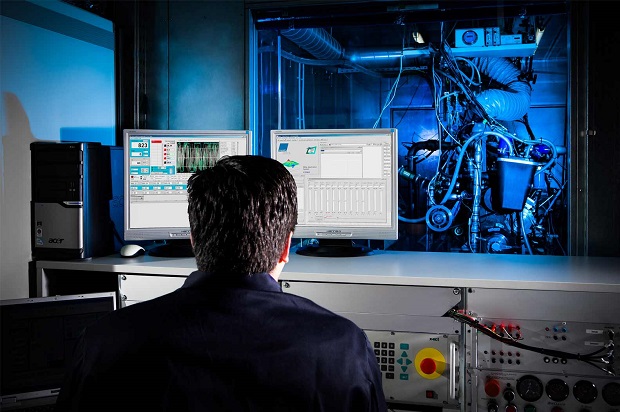Instrument Calibration Test Bench: Types and Applications
An instrument calibration test bench is a device used to verify the soundness or correctness of a design or model, usually in a software product. These electrical testing devices combine features from different instruments in one device. They’re great for electricians and DIY enthusiasts who don’t want to carry an overwhelming number of test equipment. Most electricians in the past that had to test devices, had to carry AC and DC ammeters, ohmmeters and voltmeters. Nowadays, it’s standard practice for all of these tests to be performed by one device – the instrument calibration test bench.

These devices come in both bench-mounted and handheld varieties. The bench-mounted ones are far more accurate than the handheld ones, but they are immobile as opposed to the handheld models, which are very convenient for carrying around. So before you make your decision on the type of multimeter you want to buy, consider whether you’ll want to take it with you or place it at your workshop. But regardless which type you need, you need to differentiate the types of multimeters.
Most multimeters can measure a wide array of properties including resistance, conductance, inductance, frequency, temperature and duty cycles. The most advanced multimeters have the capacity to measure decibels, micro amps, rotations per minute and more. Some high-end models are waterproof and have graphing capabilities. Furthermore, there are many accessories available, including clamps, leads and probes.
The two basic types of multimeters are digital and analog. Analog multimeters are a thing of the past and anyone who wants to measure precisely should get a digital multimeter. The digital type uses digital circuits, measuring current in discrete increments, instead of continuous range of values. They are usually made in analog form and then converted into digital form. For this reason, measuring values that constantly change is difficult and is the only con that digital multimeters have. They have a battery that powers the multimeter’s display and are accurate to within half of a percent. High-end laboratory models are much more accurate but are way too costly.
The three basic sub-types of digital multimeters are fluke, clamp and autoranging. Each of them has it’s perks. The autoranging is more expensive but far easier to operate than the other two. So even though you will be spending a bit more money on it, if you are rather inexperienced with using multimeters, you should consider buying an autoranging model.
The fluke model has various calibration functions. These usually have a large display screen and come with a variety of advanced functions that measure humidity, temperature and frequency.
The clamp digital multimeter is used to measure electricity flow. The probes measure the volts and the clamp measures the current flow. This type of meter has many settings and you have to set the device to proper voltage when testing in order to avoid damaging the device or harming yourself.












